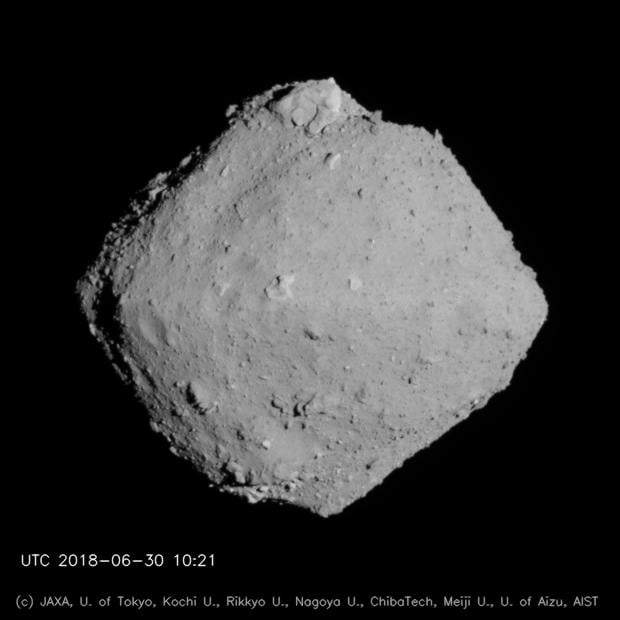Vegan diets are adding to malnutrition in wealthy countries
Chris Elliott, Queen’s University Belfast; Chen Situ, Queen’s University Belfast, and Claire McEvoy, Queen’s University Belfast
Hidden hunger affects over two billion people, globally. The cause is a chronic lack of essential micro-nutrients in the diet, such as vitamins and minerals. The effects of these nutritional deficiencies may not be seen immediately, but the consequences can be severe. They include lower resistance to disease, mental impairment and even death.
While many of the cases of hidden hunger are found in developing countries, this phenomenon is also a growing public health concern in developed countries. For example, iodine deficiency is the most common cause of preventable mental impairment and the UK ranks seventh among the ten most iodine-deficient nations. And data from the US shows that more than one in four children lacks calcium, magnesium or vitamin A, and more than one in two children are deficient in vitamin D and E.
Ad Title
ARTICLE INLINE AD
















